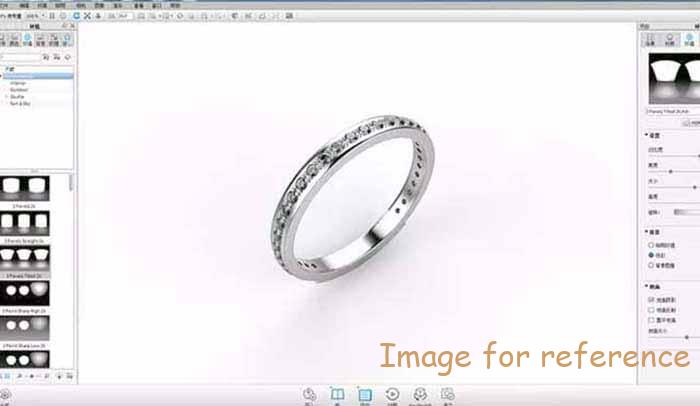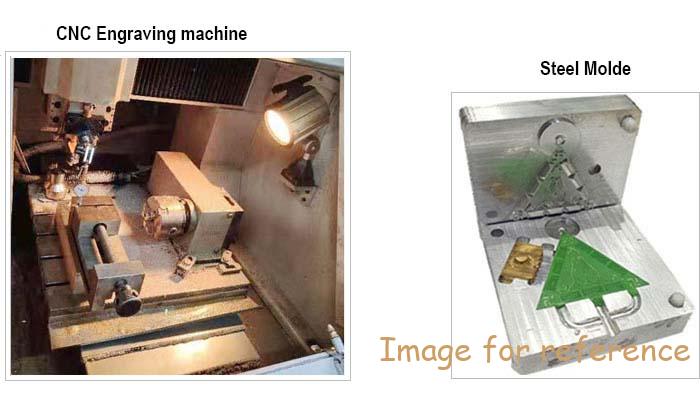Gemstones have many characteristics that can be used as a basis for identification. When testing and identifying a gemstone, first observe its color, luster and crystal form, and then measure the hardness, relative density, and streaks. Testing these features is mostly carried out in the field. When conditions permit, the cleavage and fracture of gem minerals should also be tested.
The first is Hardness:
Hardness refers to the ability of a gemstone to resist scratching. In 1812, the Austrian mineralogist Frederick. FriedrjchMohs (FriedrjchMohs) proposed a practical classification table for the hardness of minerals. He will be able to obtain high-purity 10 kinds of common mines, arranged in order according to the size of each other’s ability to resist scribing. This set of relative hardness standards is divided into 10 levels, ranging from the least hard talc to the hardest diamond. High-grade minerals (gems) can be carved with low-grade minerals (gems), such as topaz with a grade of 8, and quartz with a grade of 7 but not corundum with a grade of 9. The Mohs hardness tester is designed accordingly. Mohs hardness only indicates the relative hardness of minerals, not absolute hardness.
The second is Cleavage:
Cleavage refers to the way in which minerals split along certain weak surfaces, which are usually in the direction of the weakest atomic chemical bond or between atomic layers. Although the cleavage surface is very flat and reflects light uniformly, it is not as smooth as the crystal surface. The degree of cleavage can be complete, clear, unclear and uncleavable.
The third is Fracture:
Hit the ore or gemstone with a hand hammer, it will break, ;, and reveal the uneven rough surface, this is the fracture. The most common is the shell-shaped fracture, which is named because its shape is very similar to the concave shape of the shell; the other type of fracture is the jagged fracture, which refers to the uneven and jagged fracture surface that appears during the fracture. In addition, there are flaky, needle-shaped, and soil-shaped fractures.
The fourth is Tenacity
Toughness refers to the ability of a gemstone to resist wear, stretch and compression. The toughness of a gemstone means that it is difficult to break. For example, the structure of jade has two types: the granular metamorphic structure of jadeite and the fibrous metamorphic structure of nephrite. Although its hardness is not too high, it is not easily broken due to its high toughness.
The fifth is relative density (Relative Density). Measuring the relative density of gemstones is very important for its classification and identification.
OEM/ODM jewelry manufacturer design custom your own jewelry
LET’S GET STARTED : mo@kingjy.com
GuangZhou JingYing focus on custom wholesale ring necklaces bracelets earrings sterling silver 925 jewelry,sterling silver gold plated with 18K,14K,24K yellow gold,white gold and rose gold.It is able to custom sterling silver jewelry various design,logo brand or other words by laser engraving according to the customer’s requirement.
Our monthly production capacity is up to 50,000 piece bracelets necklace earrings ring jewelry.JingYing entering into a partnership with supermarkets,jewelry chain shop,outlet stores,jewelry wholesaler,traders and jewelry brand company,professional provide create customized jewelry and mass production of high quality 925 sterling silver jewelry service.













